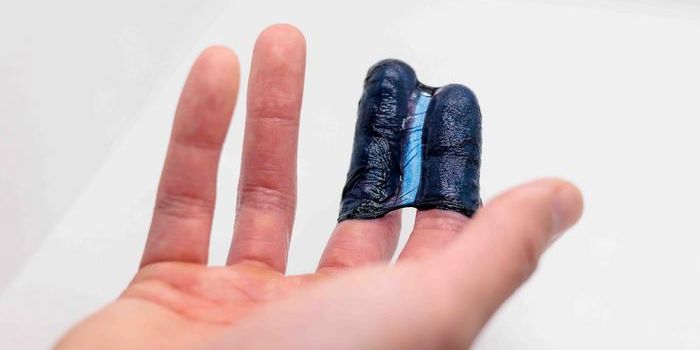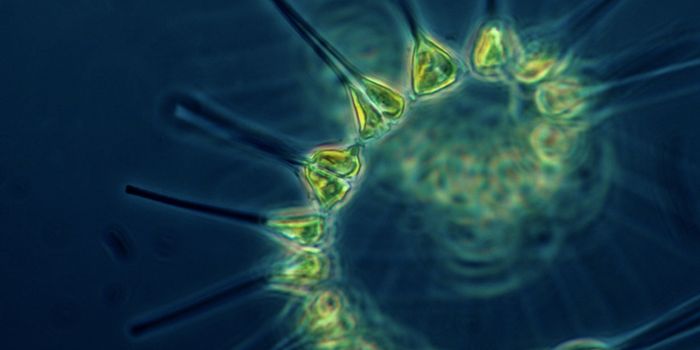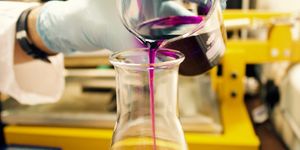Condensation-resistant Liquid-repelling Surfaces
The ability to repel water, or liquids in a broader sense, is a much sought-after feature in materials science. Innovative liquid repelling materials can be used in many areas such as garment manufacturing, electronic device, and nautical engineering.
The key to understanding how materials can repel liquids lies in the concept of surface tension. Water striders can walk on a lake because at the surface water molecules are closely "attracted" each other due to hydrogen bonds. The attractive force forms such high surface tension that the insects cannot penetrate.
Materials with a water-repelling property are not hard to find. In some water plants, the rough textures of the leaves can trap air and form a waterproof barrier that prevents water droplet from wetting the leaves.
Different types of liquid have drastically different surface tension. For instance, at room temperature, the surface tension of water is close to 72, whereas the one of isopropanol, the main ingredient of rubbing alcohol, is at 22. The surface tension of mercury is measured at 487.
Scientists at the MIT invented a method to fabricate new "omniphobic" (meaning repel all liquids) surfaces, regardless of the type of material. Unlike other liquid repelling surfaces, the one produced using their approach won't be compromised by condensations. For a lot of water-repelling materials, once the moisture starts to condense in the air trapped on the surface and form droplets, water is likely to breach the barrier.
The MIT team fabricated surfaces that have isolated, reentrant (meaning inward pointing) "pockets" that are hundreds of nanometer deep. This innovative feature prevents droplets from nucleating and expanding within the waterproof barrier. While testing surfaces made of different materials with various liquids, the researchers found the repellency was good at even 10 °C below the dew point and lasted for over 3 weeks. They hope that their invention can be further developed in applications such as "antifouling, heat transfer enhancement, drag reduction, and self-cleaning surfaces".
Their work was published in the journal ACS Nano.
Source: Seeker via Youtube








